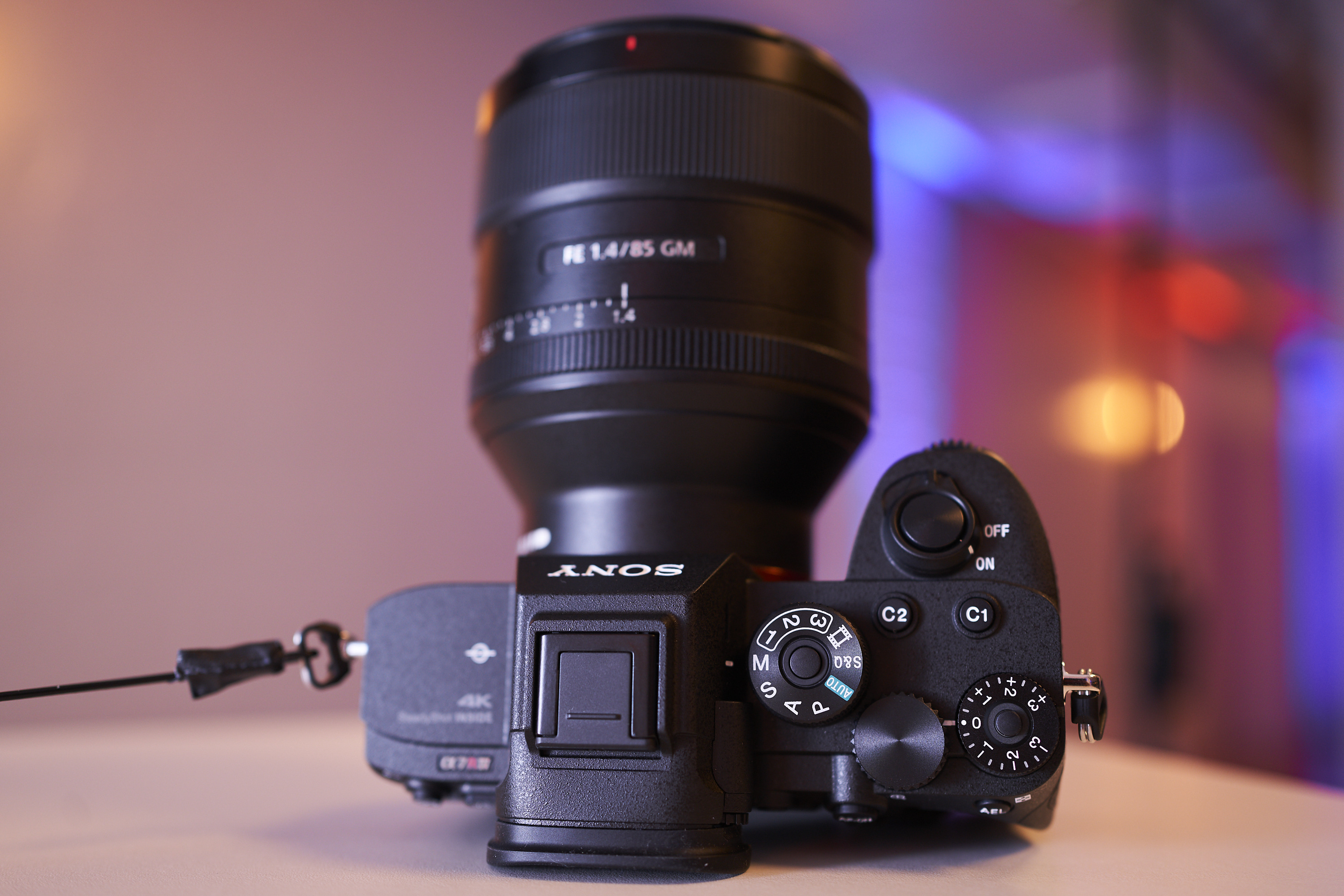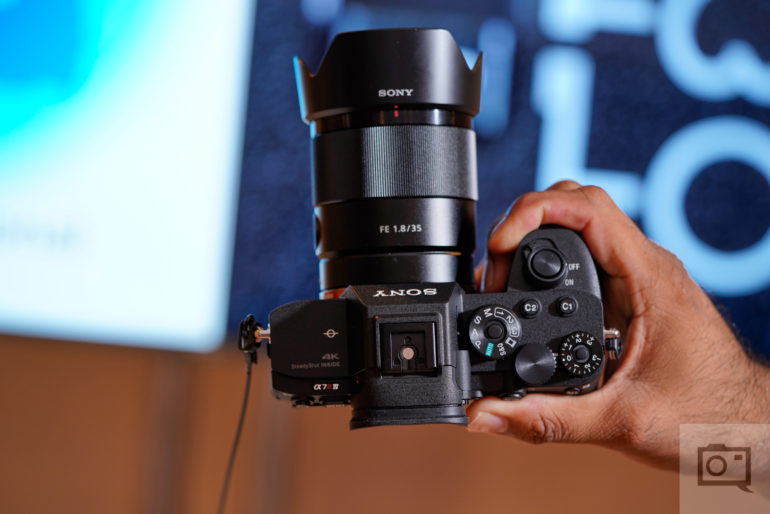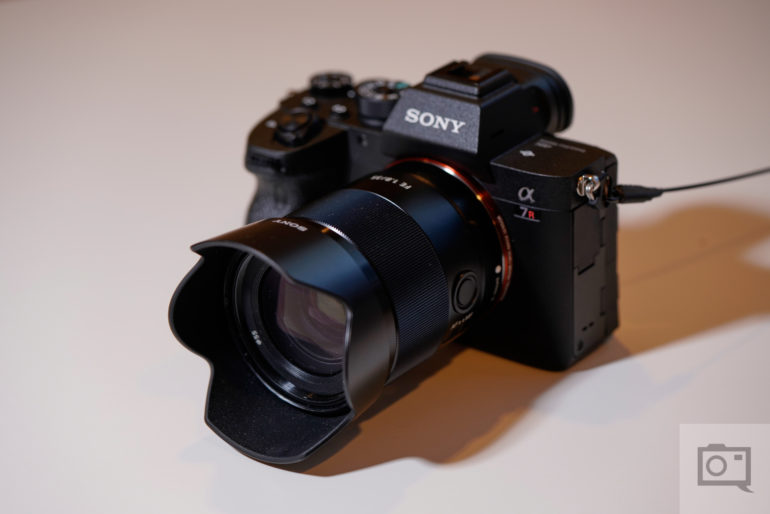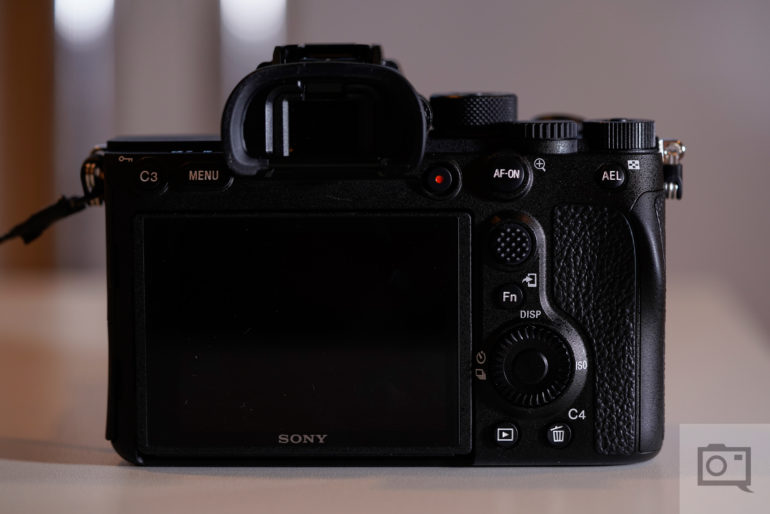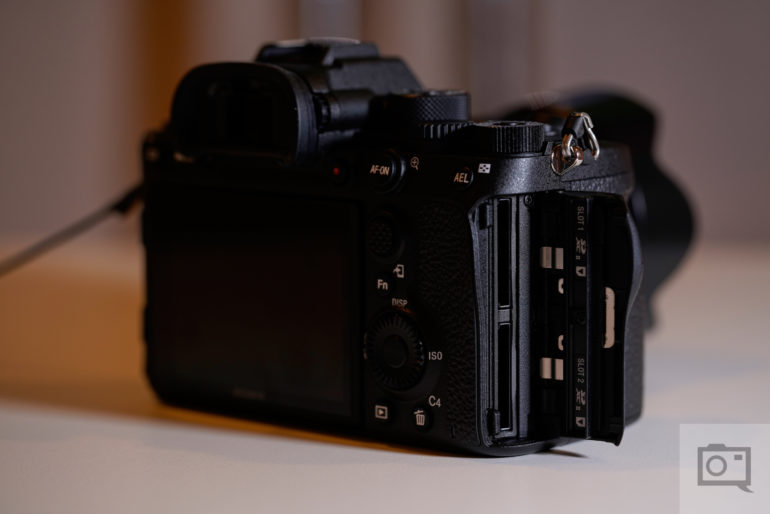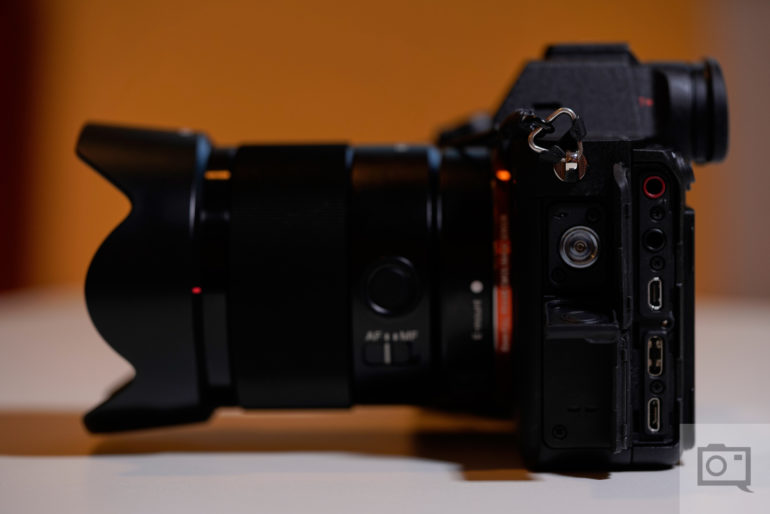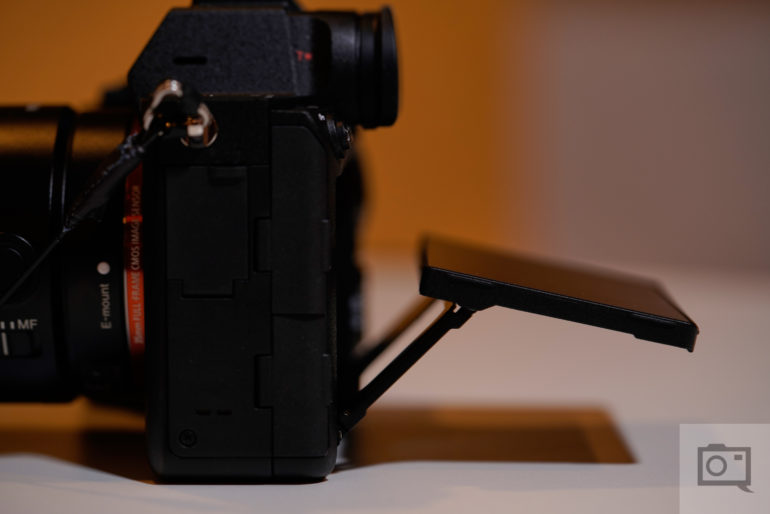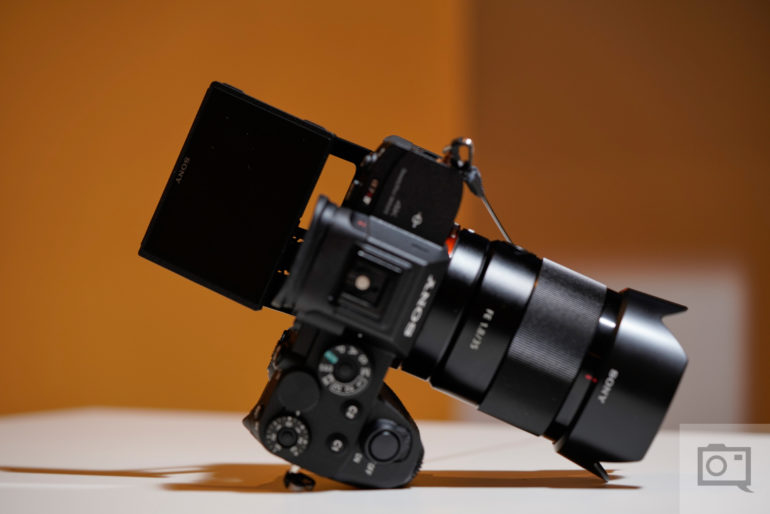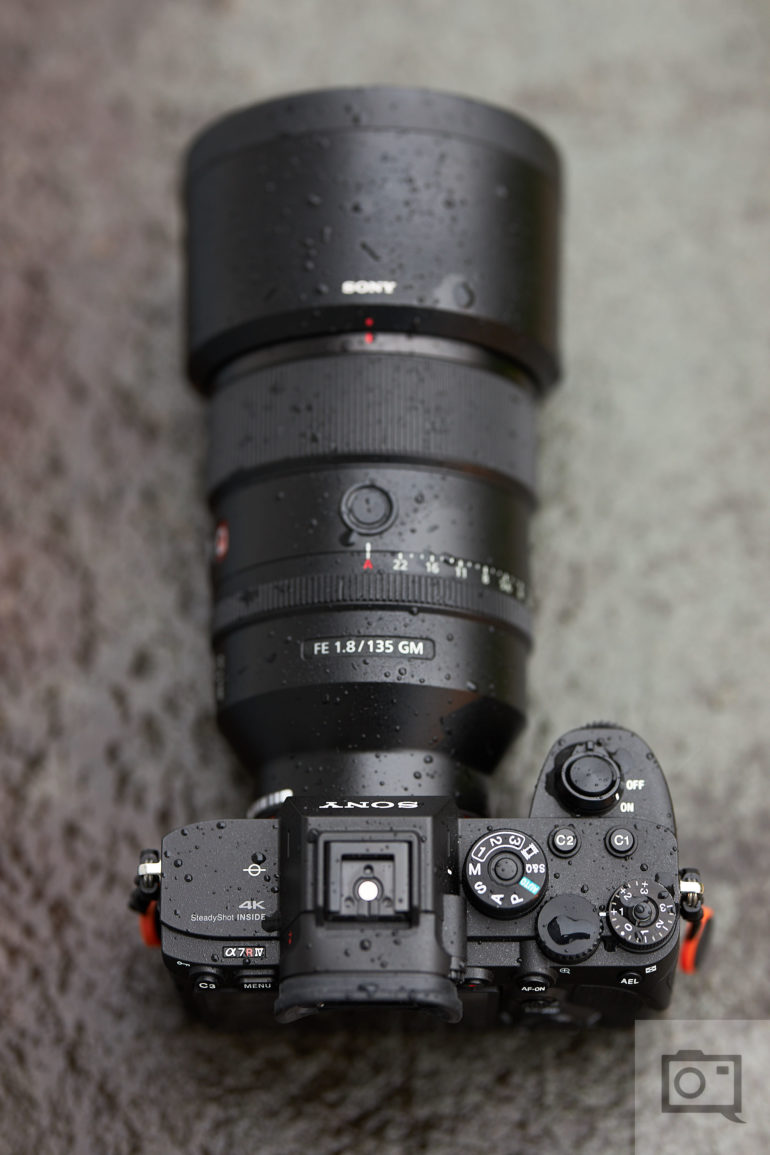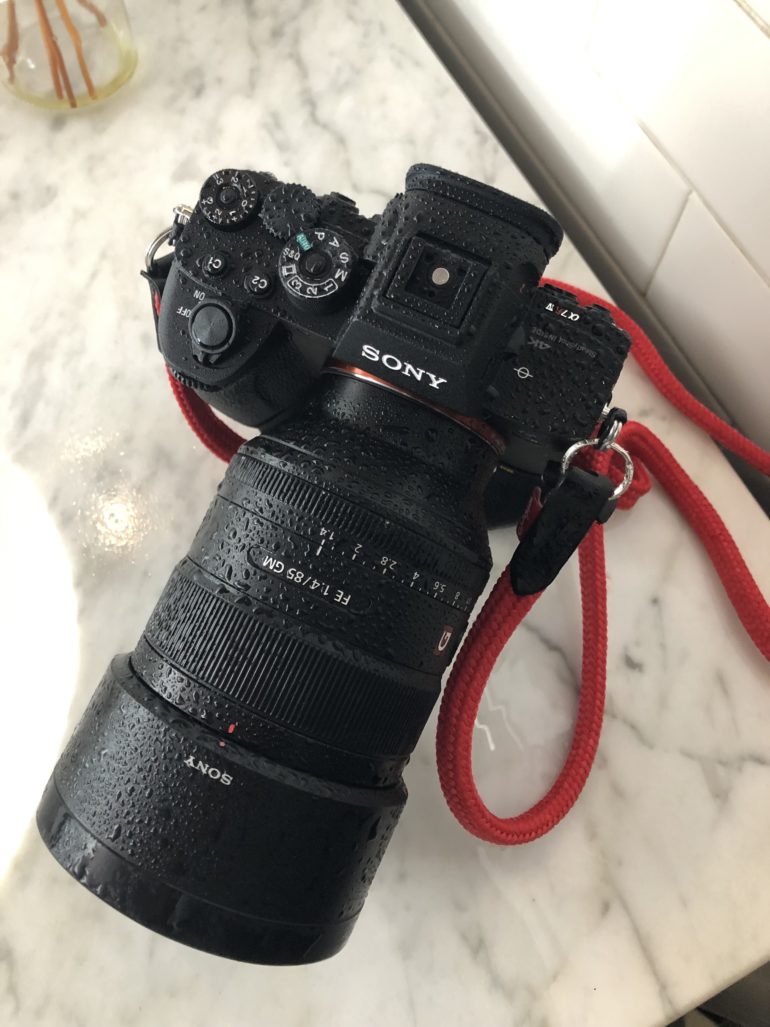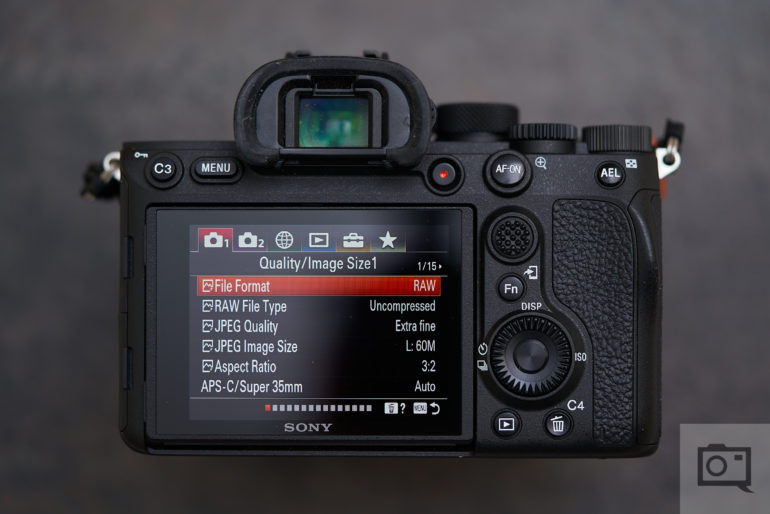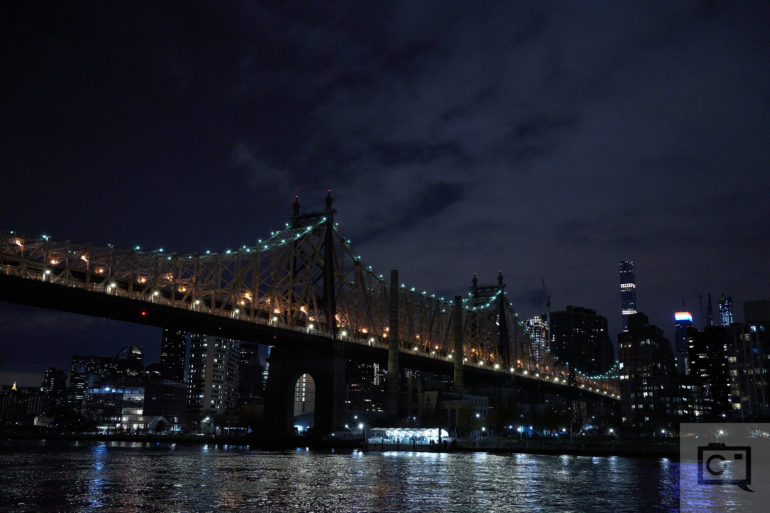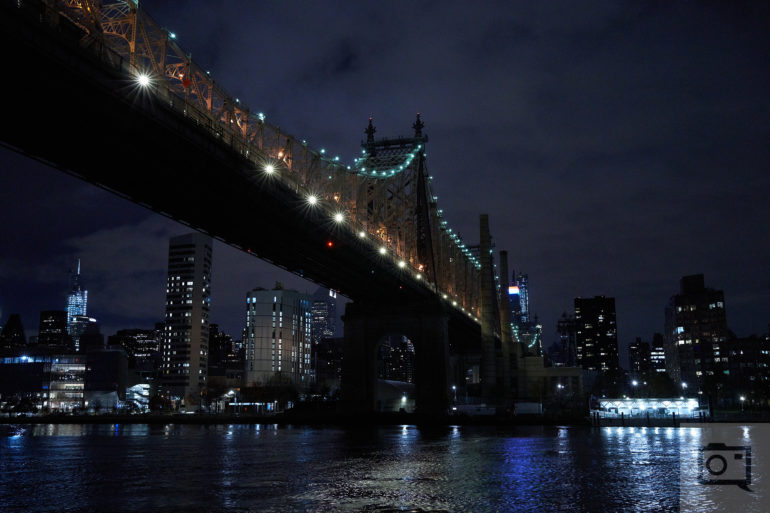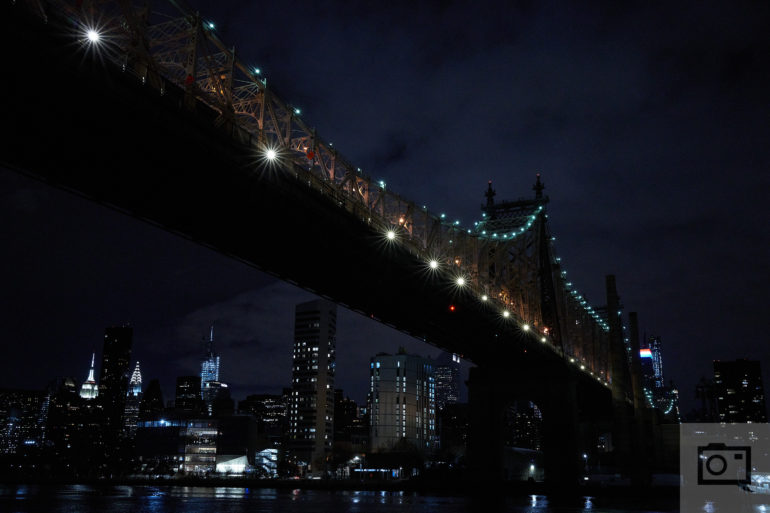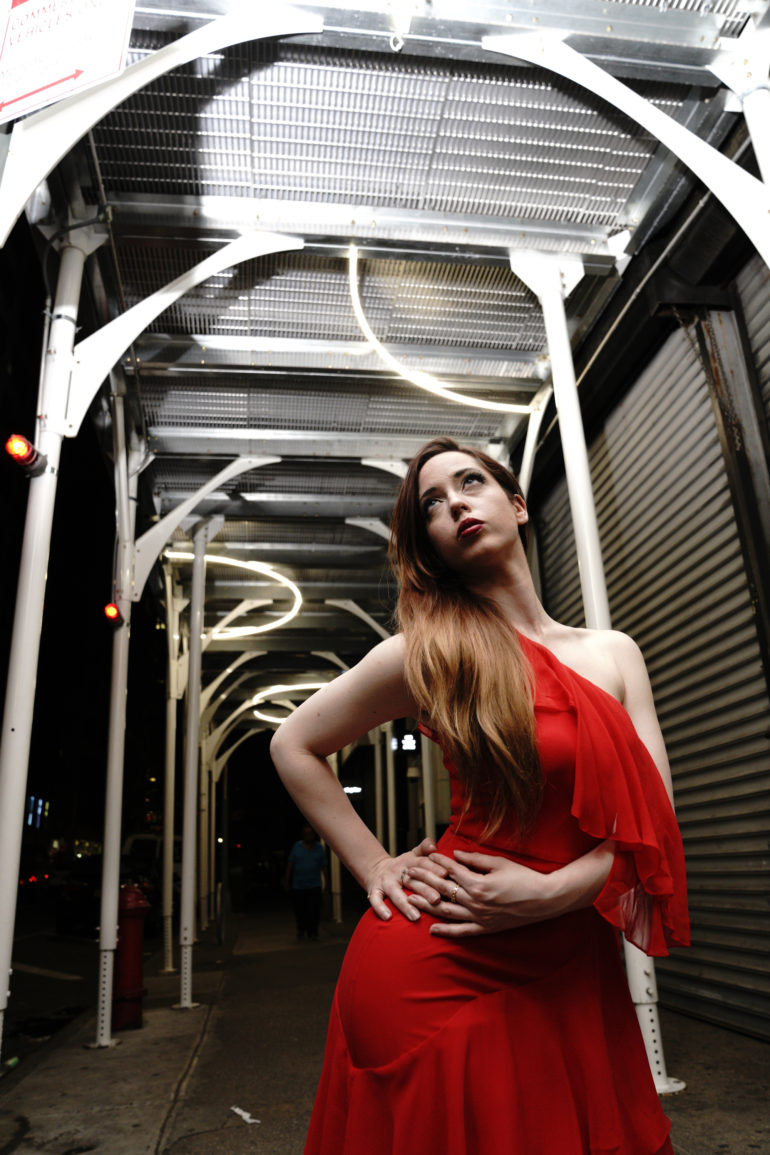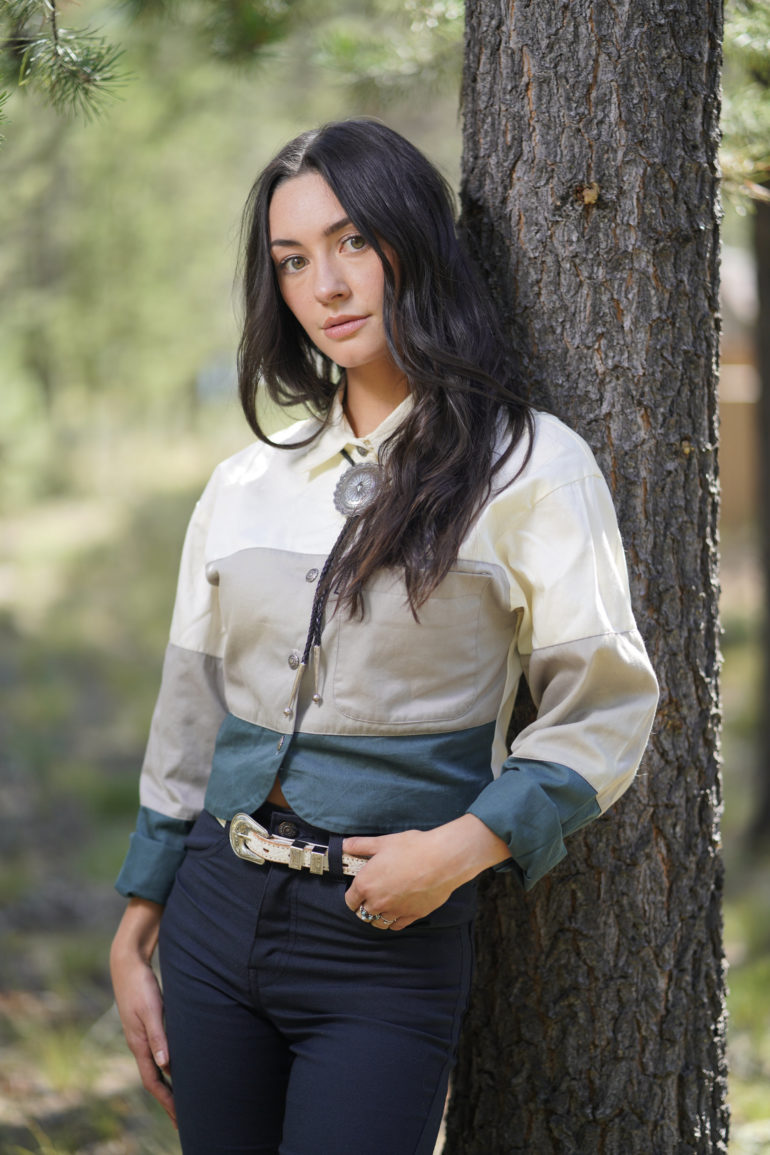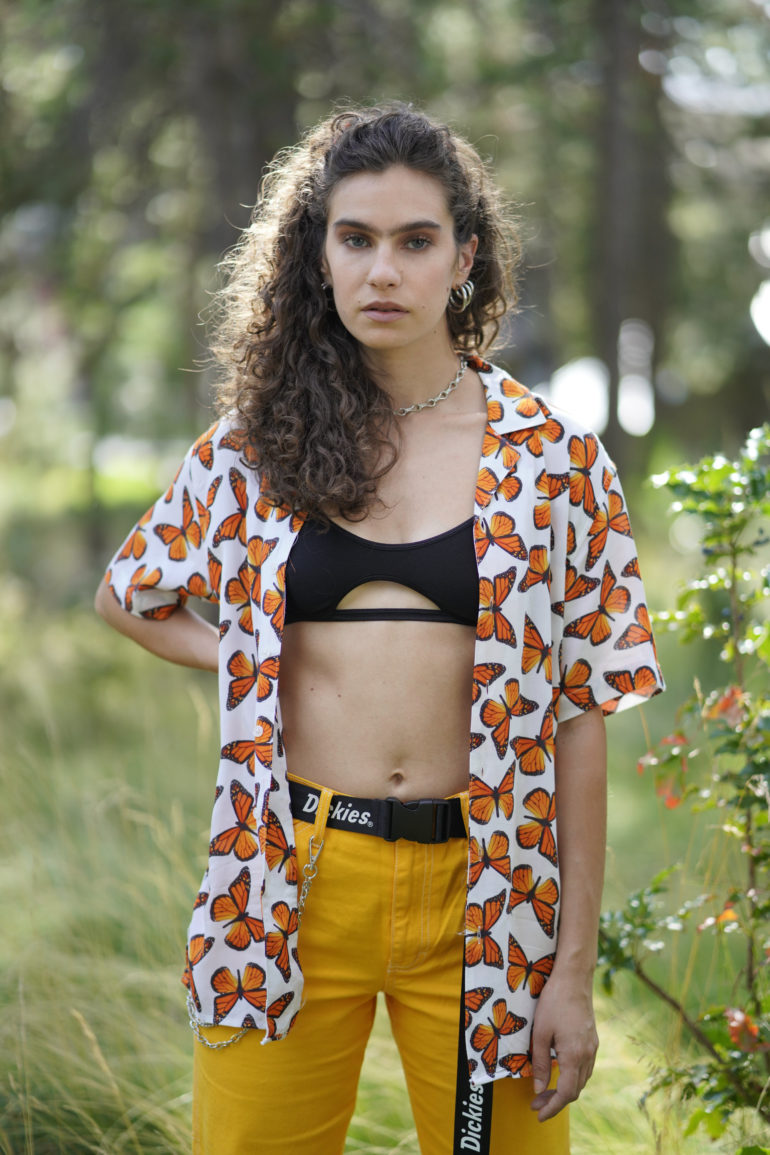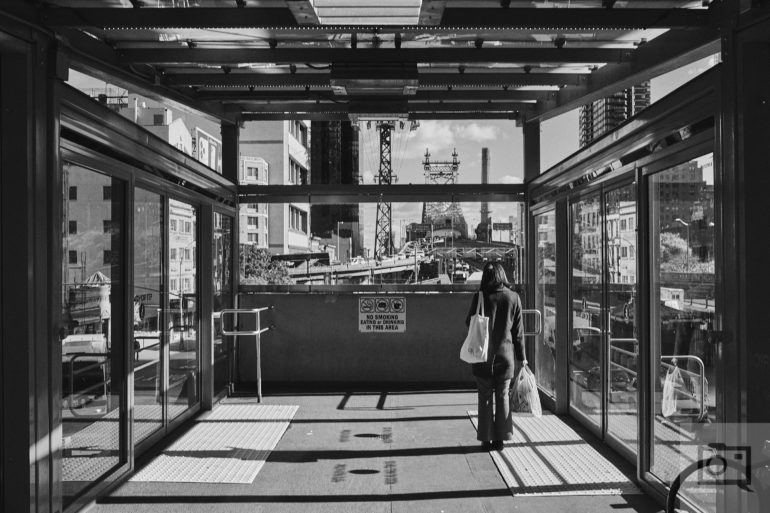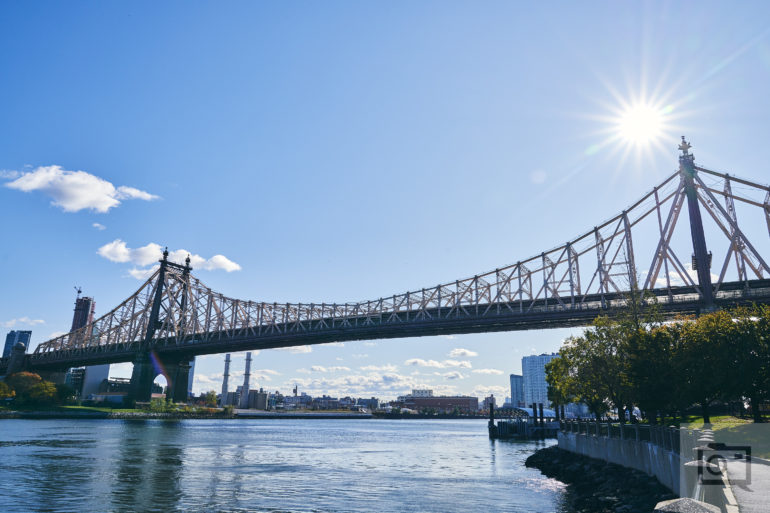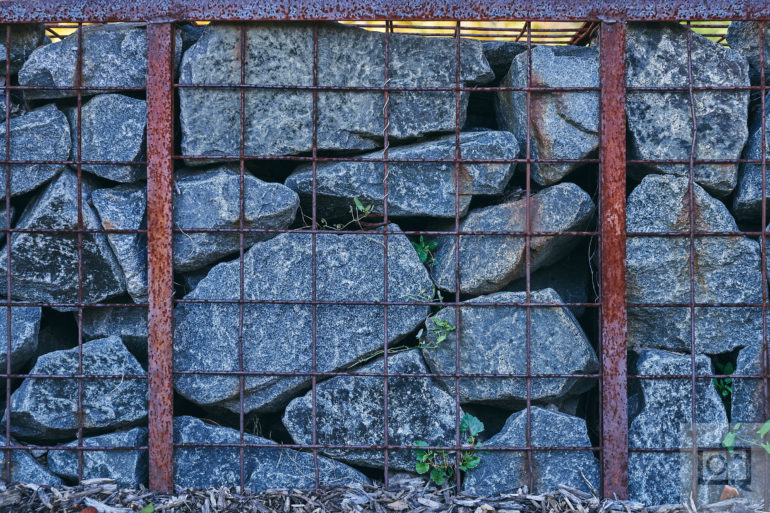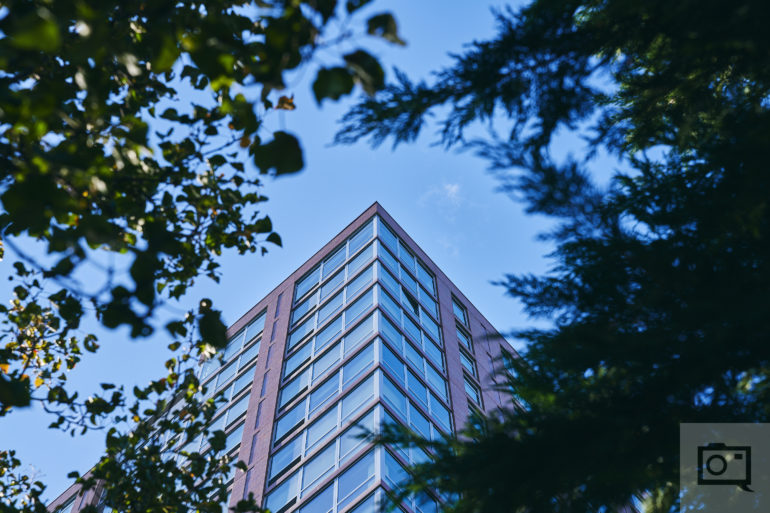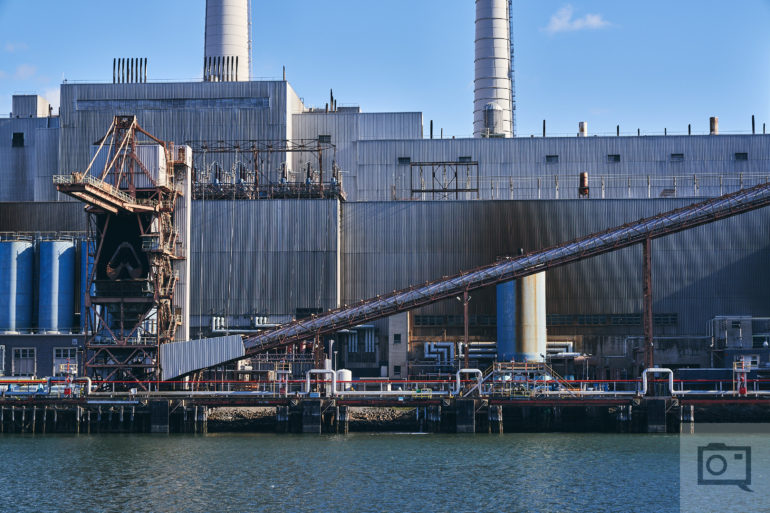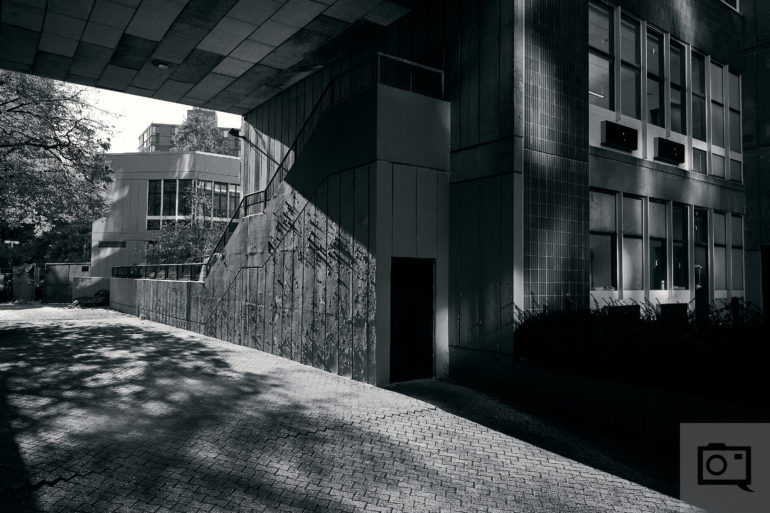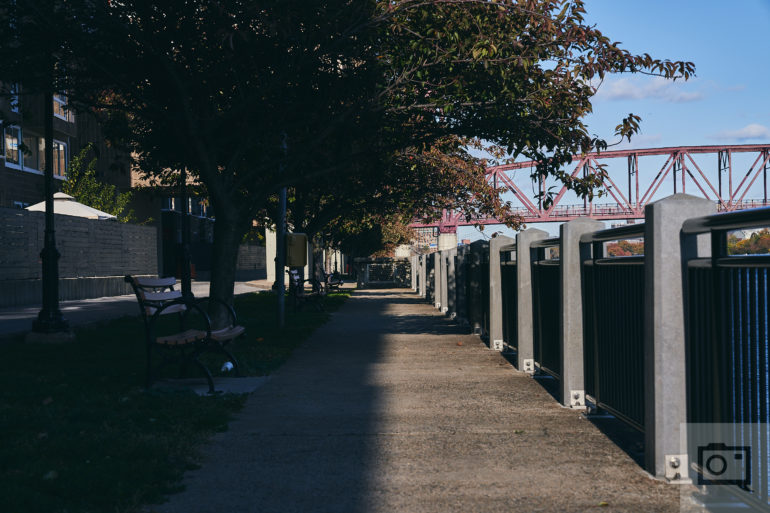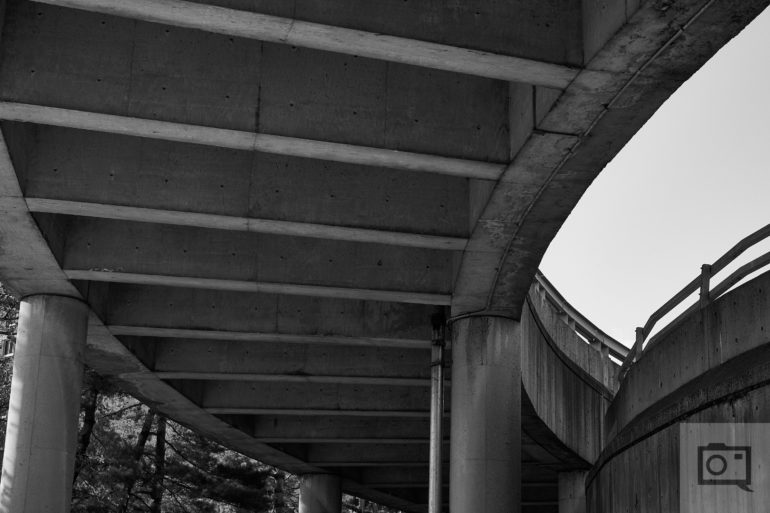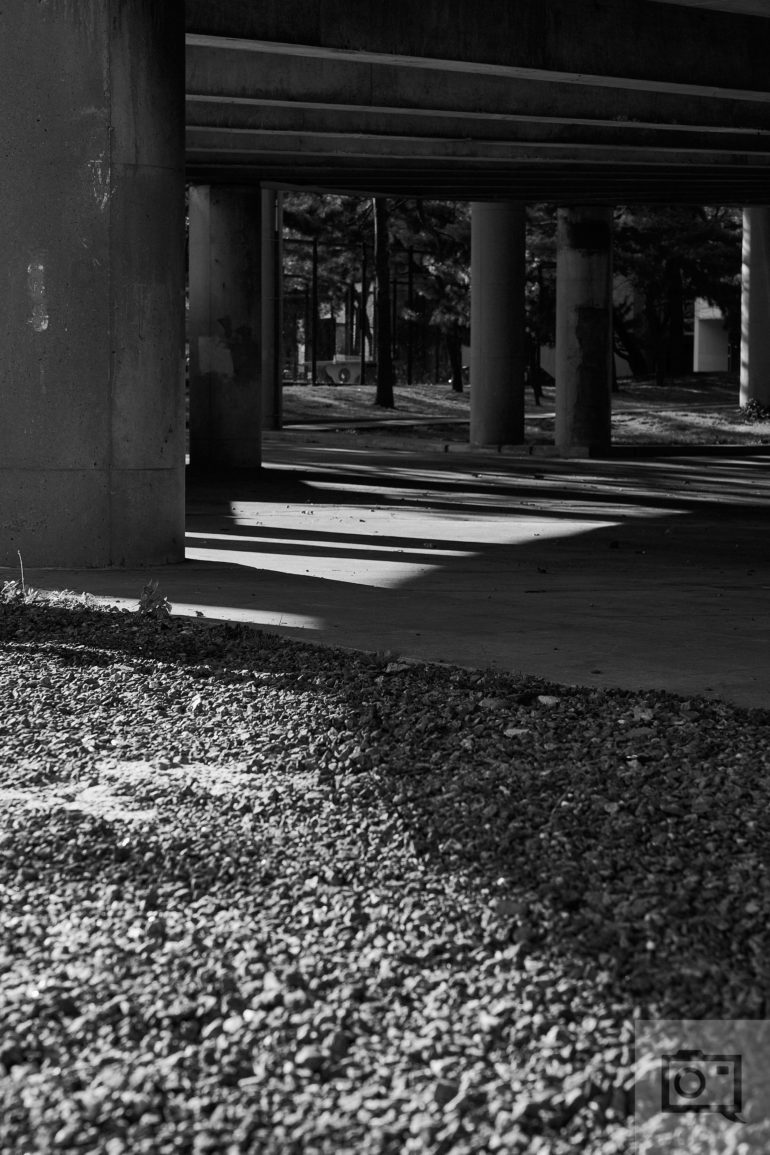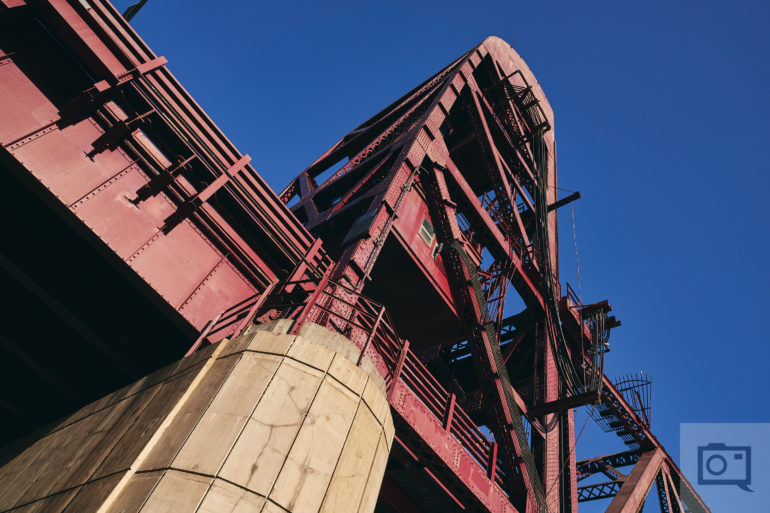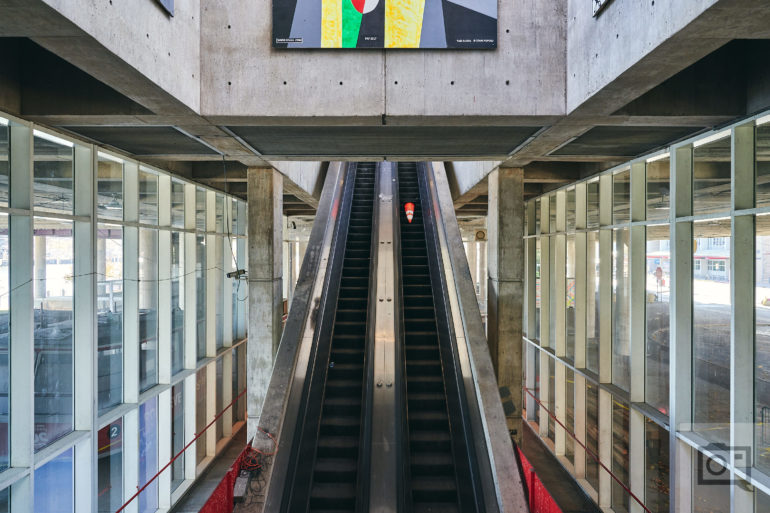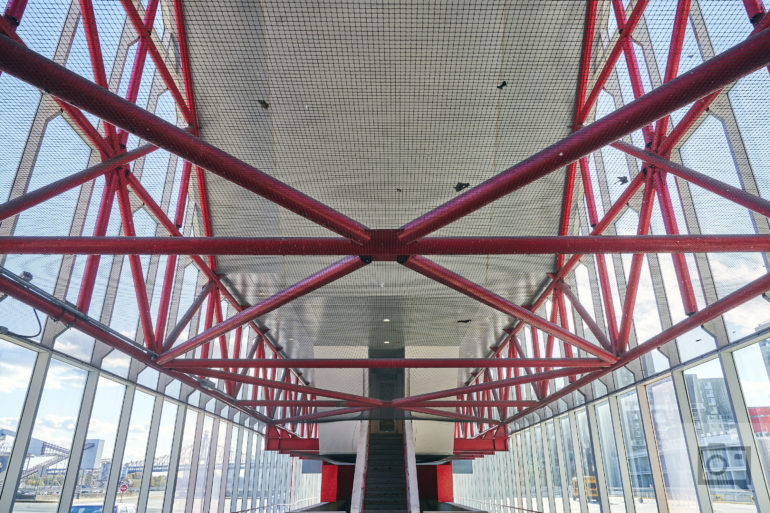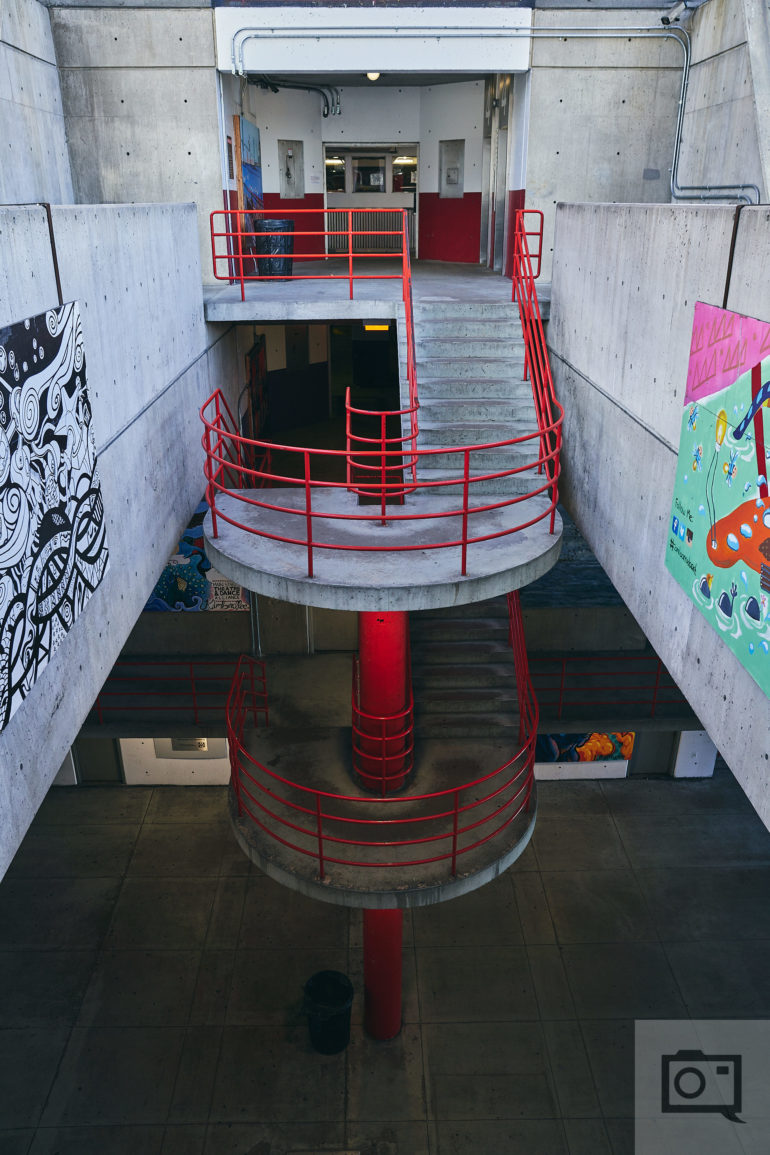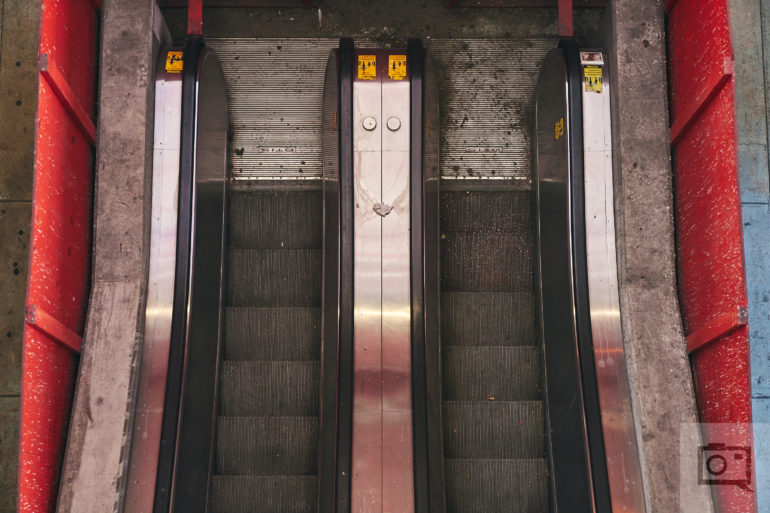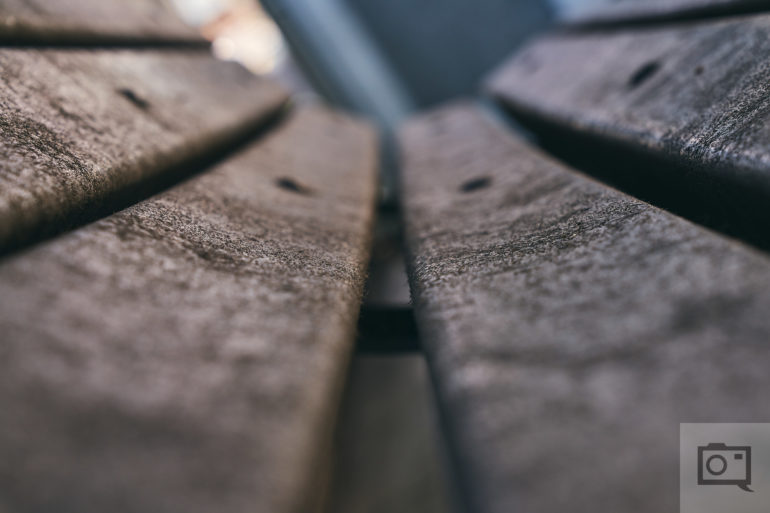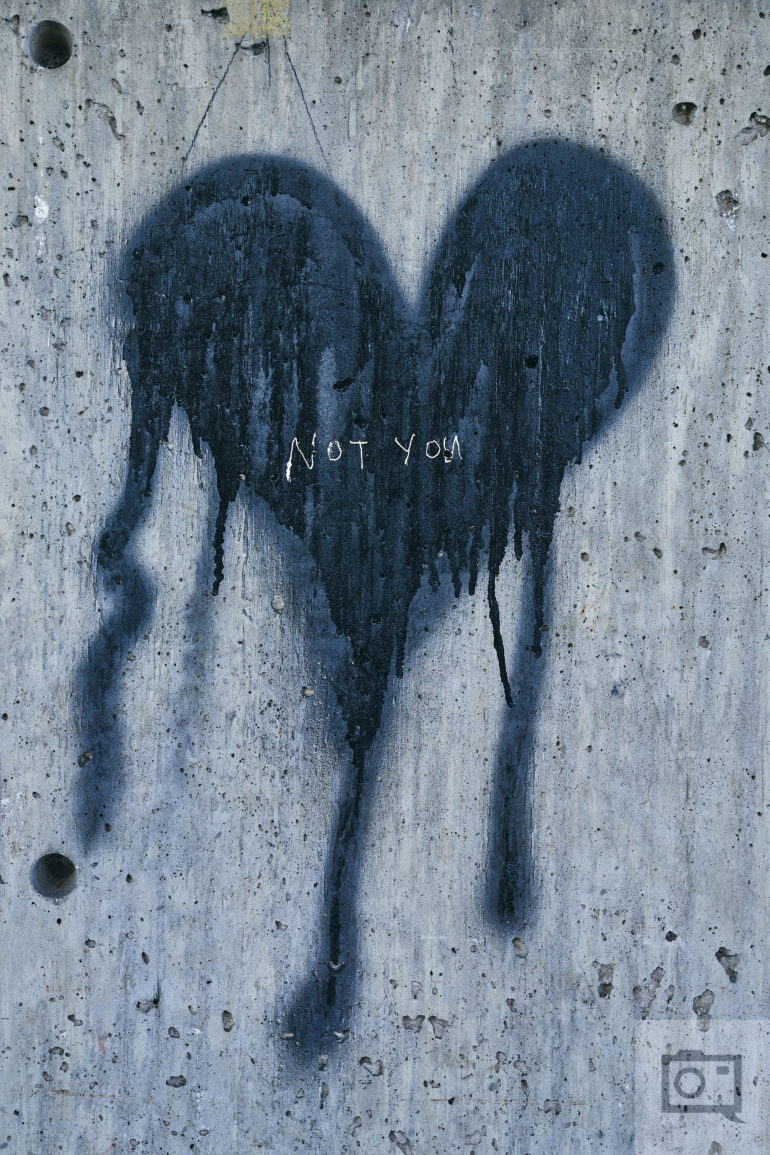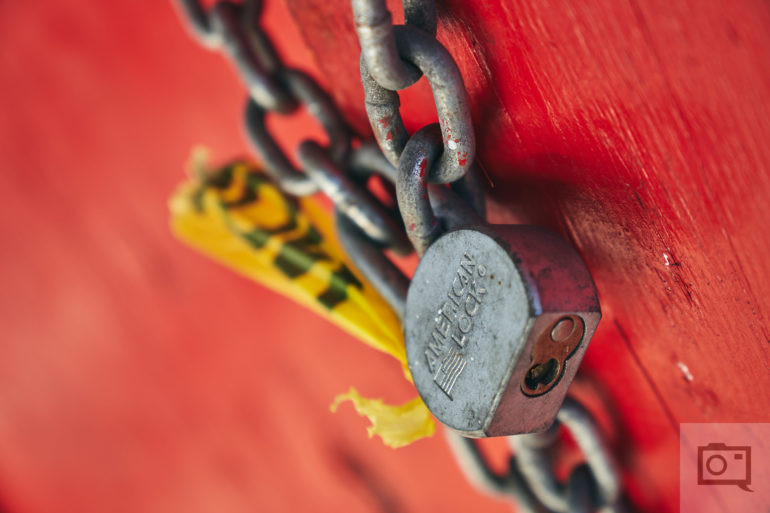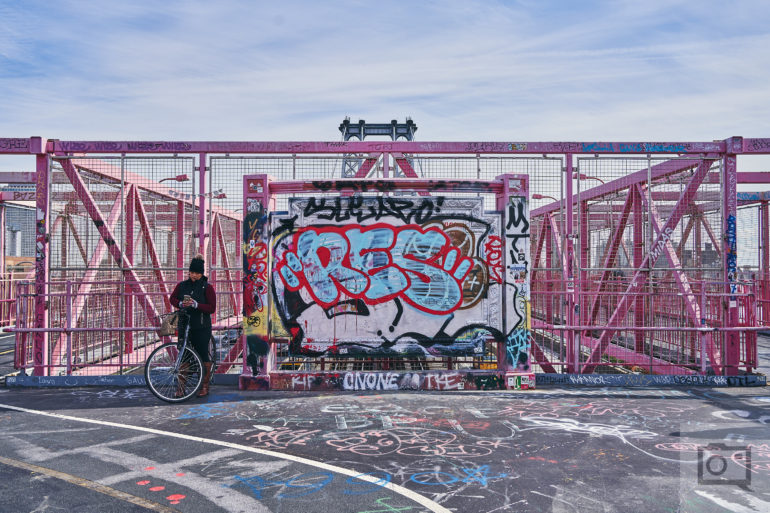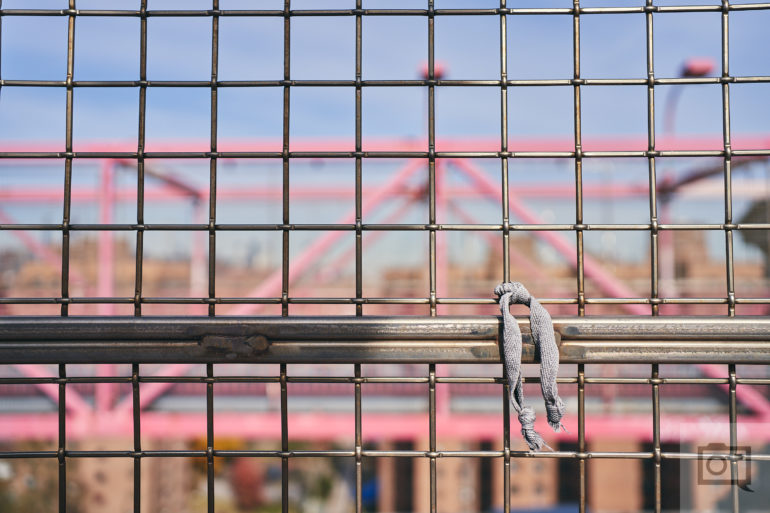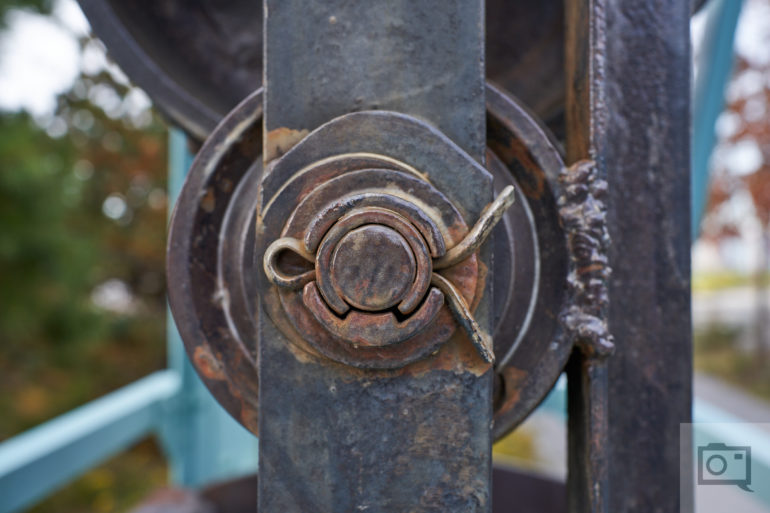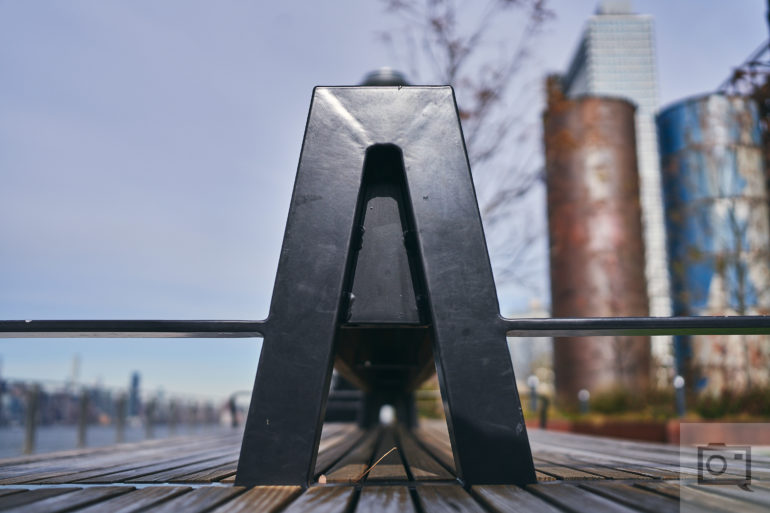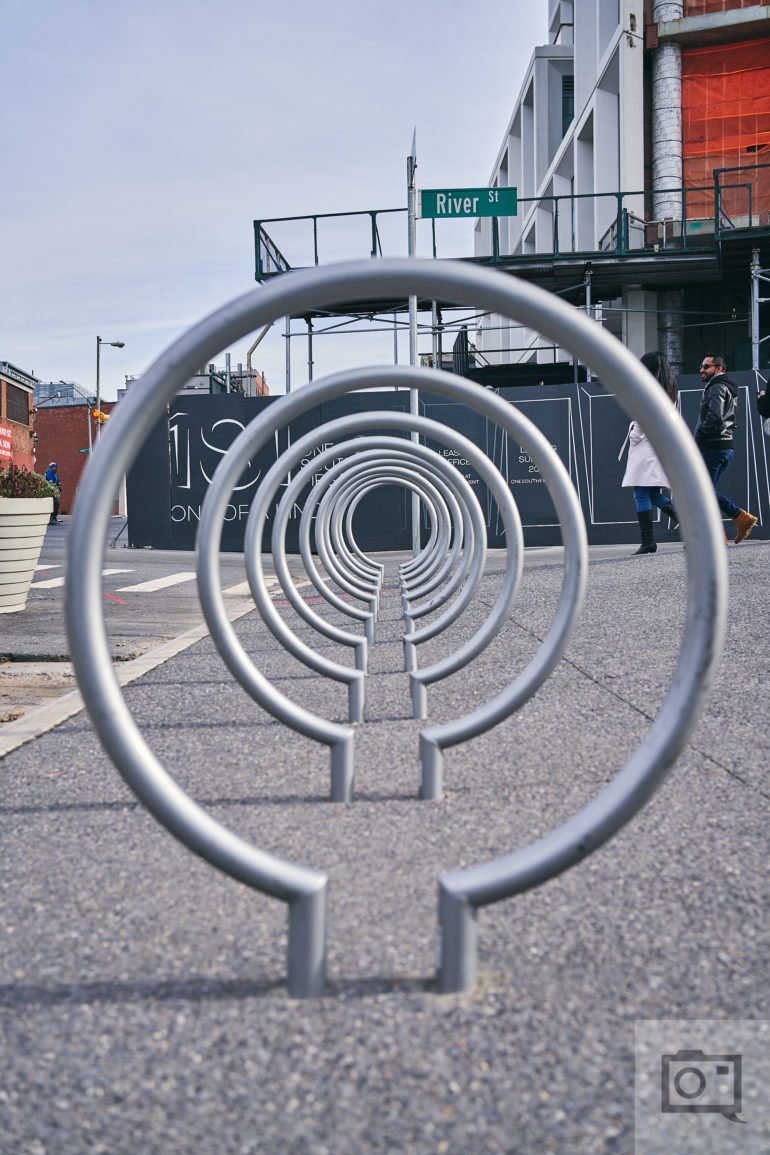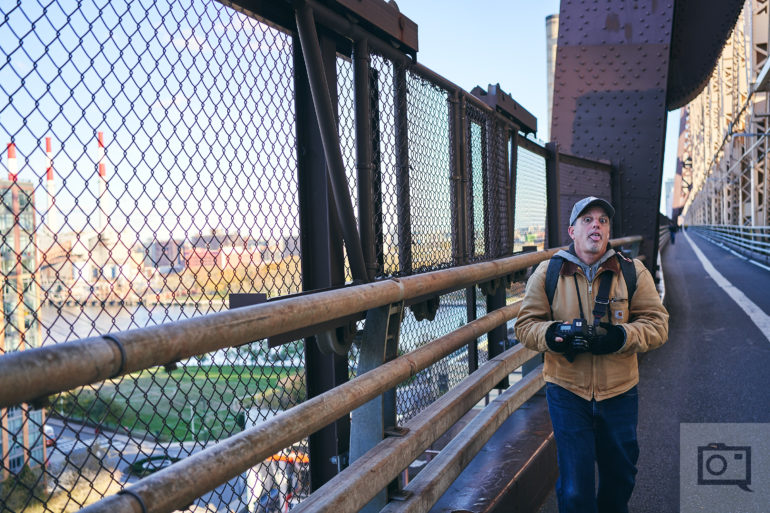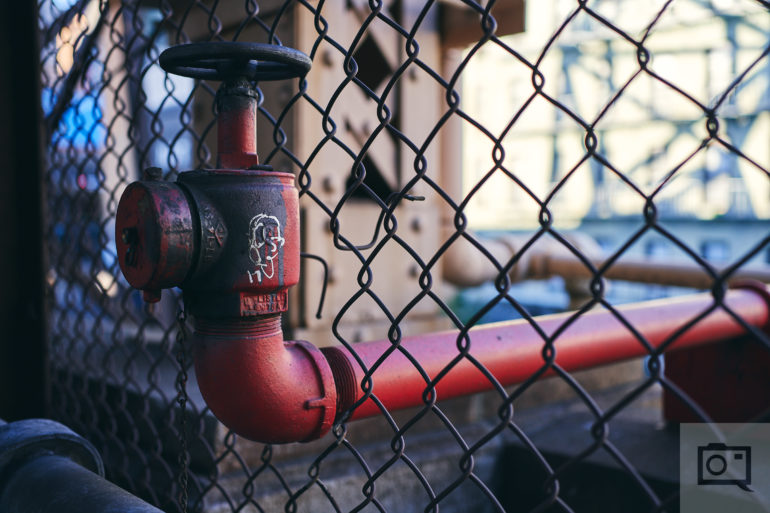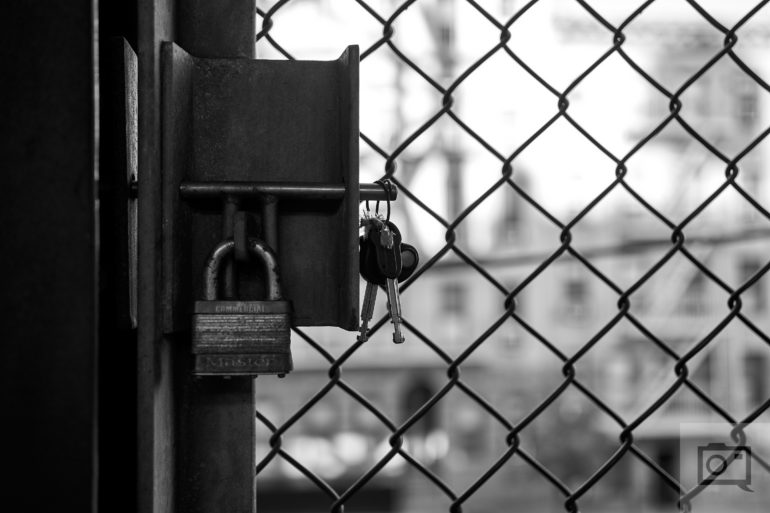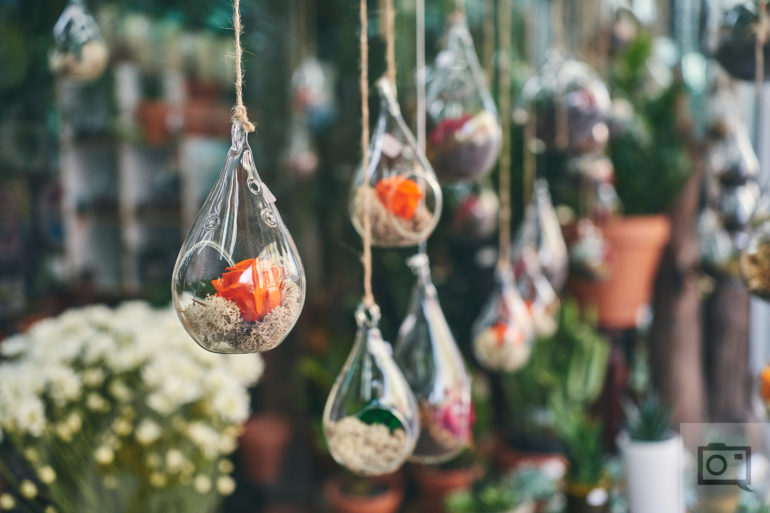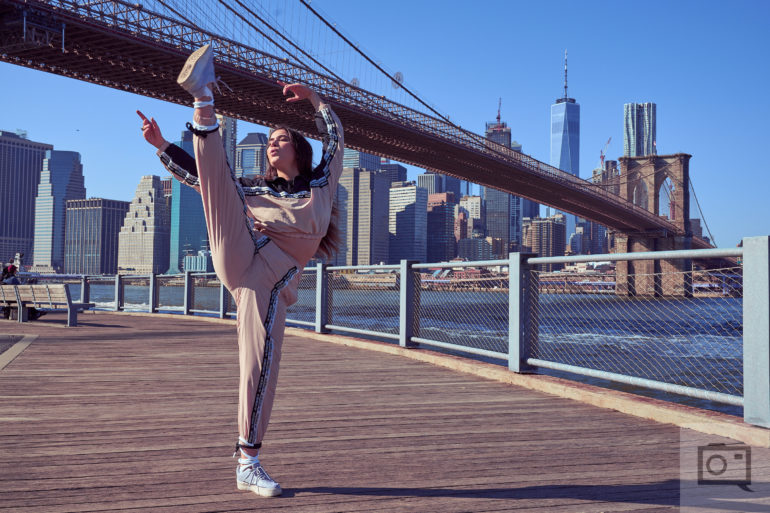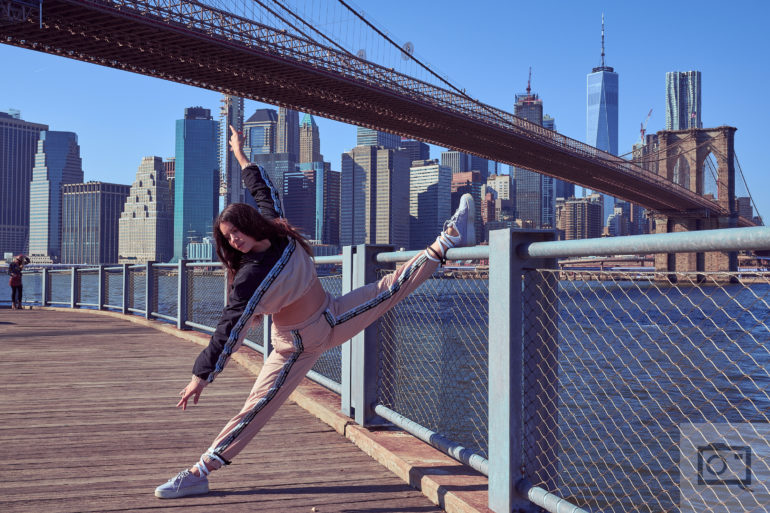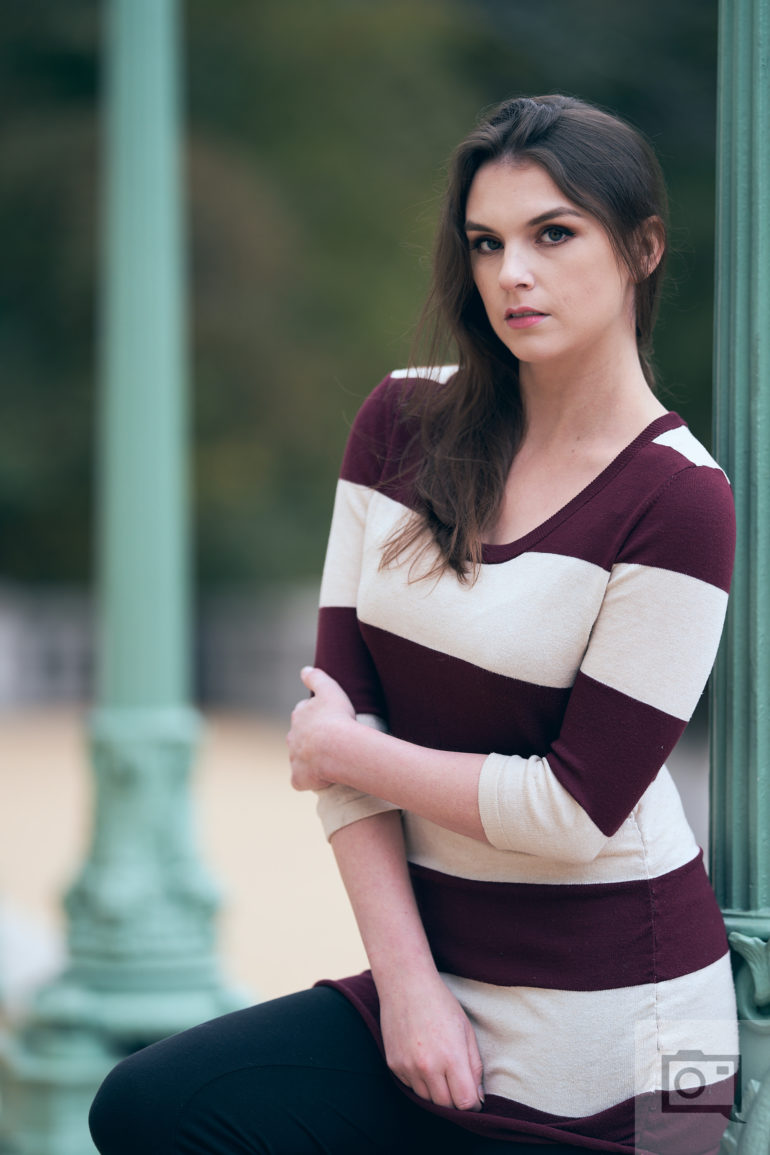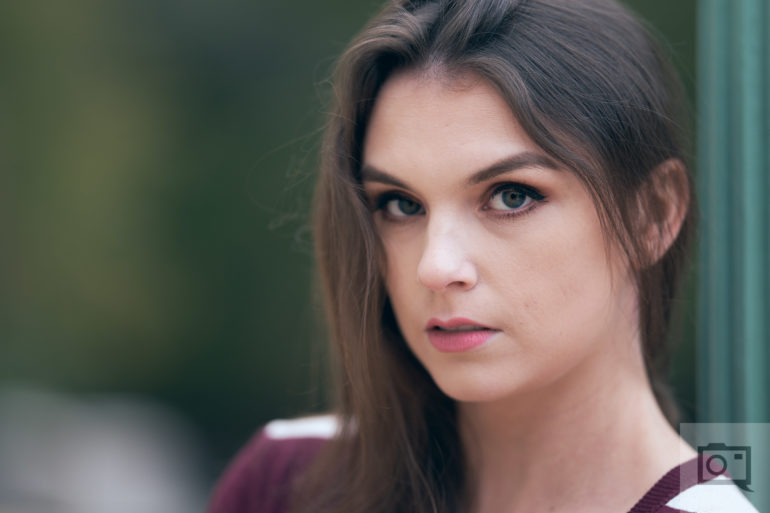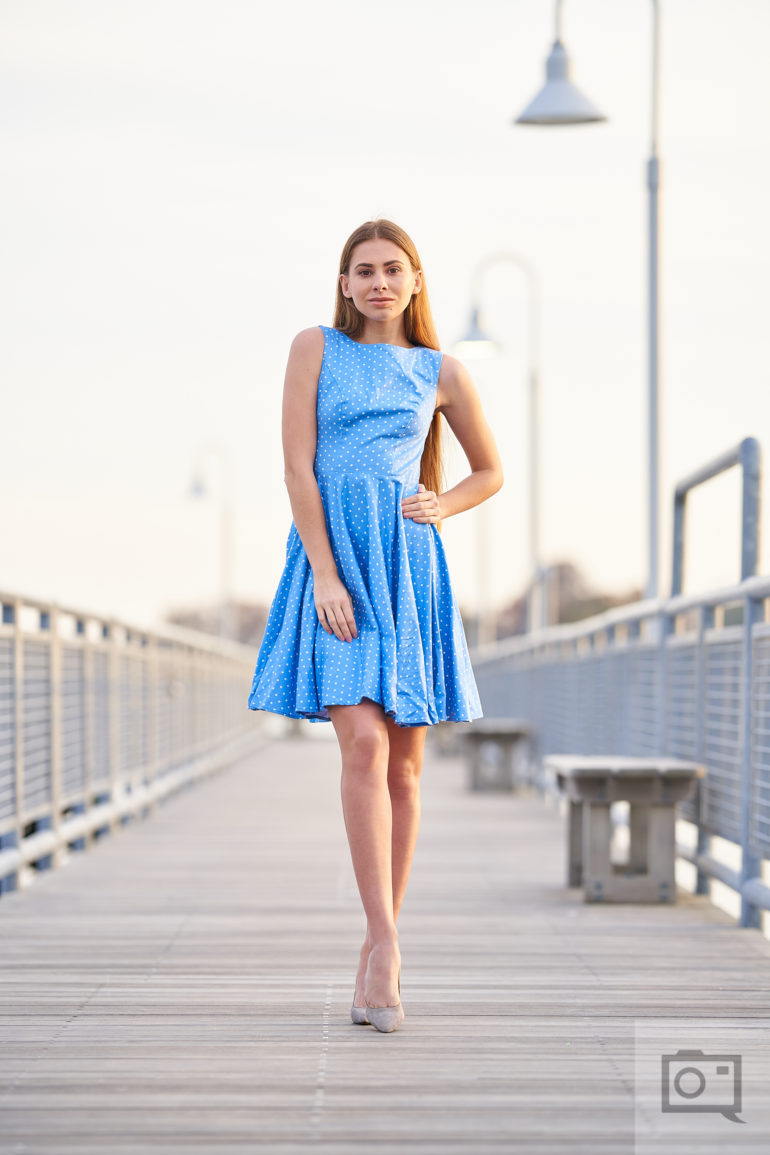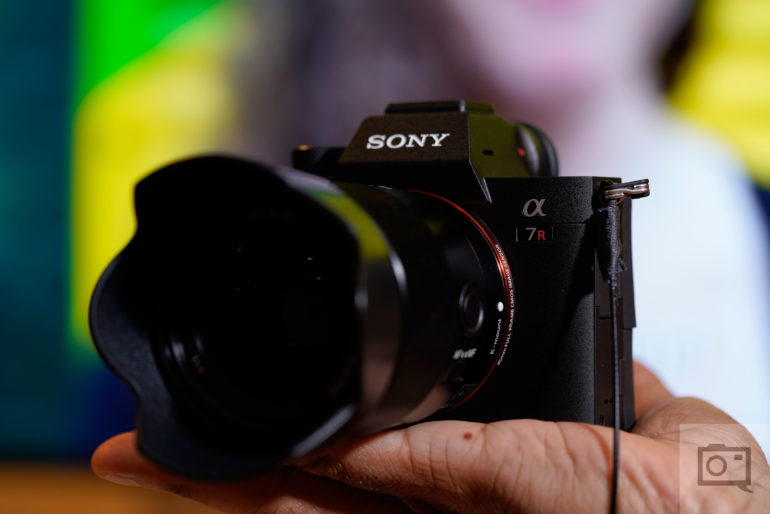Last Updated on 02/04/2020 by Brett Day
The Sony A7R IV is the current pound for pound resolution king when it comes to Full Frame Mirrorless cameras.
Earlier this summer, Sony announced its latest high-resolution flagship Full Frame Mirrorless camera, the Sony A7R IV, which was met with an overwhelmingly positive reception. At the heart of the Sony A7R IV is its brand new, 61MP, backside-illuminated sensor. As of press time, this sensor is the highest resolution sensor available in a Full Frame camera. This takes the A7 series into medium format resolving territory. The Sony A7R IV also packs the company’s latest generation AF technologies under its hood, including Face and Eye AF for Humans and Animals, in addition to Real-time Tracking. The exterior of the A7R IV went under the knife as well, resulting in a slightly larger body that includes a deeper handgrip, better joystick, improved rear dial, a lockable Exposure Compensation dial, and upgraded buttons all around. The excellent Electronic View Finder from the A7R III was also replaced with a higher resolution EVF now capable of refreshing at up to 120 fps. Weather-sealing has been one of Sony’s pain points, but this also saw a major overhaul in the A7R IV. All of these improvements culminate in a camera designed clearly with the professional in mind.
Editor’s Note: Some of this testing was done during the Sony press event in NYC, and during the Sony Kando Trip. These trips were all-expenses paid by Sony. During one night session, Phoblographer EIC Chris Gampat and Reviews Editor Paul Ip took out the camera and lenses with a model to shoot. This was fully on the site’s own tab. Much of the testing here in NYC was also done on our tab. It is our editorial policy to make this clear in the interest of 100% transparency.
Table of Contents
Pros and Cons
Pros
- Improved ergonomics
- Blazing fast autofocus
- Excellent weather sealing
- Anti-flicker shooting
- Dual UHS-II SD card slots
- More resolution than most photographers will need
Cons
- Limited touchscreen functionality: You still can’t navigate the menus or interact with the display
- Large file sizes (to be expected)
Gear Used
We tested the Sony A7R IV with a variety of lenses including the Sony 24-70mm f2.8 G Master, Sony 35mm f1.8, Sony 85mm f1.4 G Master, and the Sony 135mm f1.8 G Master.
Tech Specs
Tech specs for the Sony A7R IV taken from Adorama’s product listing.
- World’s first 61MP full-frame back-illuminated Exmor R sensor
- 15-stop dynamic range, 14-bit uncompressed RAW, ISO 50 to 102,4005
- Up to 10fps continuous shooting at 61MP with AE/AF
- Incredible autofocus: 567 phase-detection / 425 contrast AF points
- Real-time Tracking and Real-time Eye AF for human, animal and movie
- APS-C crop mode delivers stunning 26.2MP high resolution images
- 5.76 million dot UXGA OLED Tru-Finder electronic viewfinder
- High-speed 2.4 and 5GHz Wi-Fi / FTP transfer and wireless PC remote
- Sensor Size: Full Frame Camera
- Max Video Quality: 4K 30fps
- In-Body Stabilization: 5-Axis Optical
- Special Features: Bluetooth
- Configuration: Body Only
- Viewfinder: Built-In Viewfinder
- Wifi: Wi-Fi: Yes
- Edition: Standard
Ergonomics
Ergonomics section taken from our First Impressions article.
The Sony A7RIV looks almost identical to its predecessors. Unless you’re looking closely at the new model badging you might mistake it for one of the older models. The most pronounced change is the handgrip that feels more robust, addressing a common complaint about the A7 series of camera bodies.
The back of the Sony A7RIV remains largely unchanged from earlier models in the A7R series. The layout of the buttons is identical to the A7RIII with an improved joystick and a more natural thumb rest being the most notable changes.
Both card slots now support UHS-II speeds and are secured in a more hardy cover that adds to the larger size of the handgrip. The new handgrip feels very similar to what is found on the Nikon Z6 and Z7.
Moving to the other side of the A7RIV, you see all of the ports, including the microphone jack, headphones jack, micro HDMI port, USB-C port, Micro USB port, and a Flash sync terminal. The Flash sync terminal is now behind its own cover instead of sharing a cover with the microphone jack like in the A7RIII.
The flip up rear screen has been reinforced as well and feels sturdier.
Unfortunately it still only flips up and doesn’t flip to the side. Maybe we’ll finally see that change in the next product refresh.
Build Quality
While the Sony A7R IV shares a lot of similarities with its predecessor on the surface, the moment you put your hand on the camera’s grip and you’ll immediately realize what a difference the A7R IV’s beefier grip makes. I was one of the people who didn’t have issues with the smaller grips on previous A7R bodies, but the more robust grip on the A7R IV (roughly half a centimeter deeper) felt more comfortable to hold, particularly when heavier glass is mounted onto the camera. This larger grip feels reminiscent of the handgrips from the Nikon Z cameras. Sony has improved the weather-sealing in the A7R IV as well, making it a much more robust camera than previous models in the series. As you can see in the photo above, we paired weather-sealed lenses with the A7R IV and shot in the rain without any issues or hiccups. The weather in New York City can be pretty unpredictable at times, particularly during Fall; it’s not uncommon to experience what feels like multiple seasons within the same day. With this in mind, it’s comforting to know Sony’s A7R IV is a robustly built workhorse you can rely on, rain or shine.
“Sony has improved the weather-sealing in the A7R IV as well, making it a much more robust camera than previous models in the series. As you can see in the photo above, we paired weather-sealed lenses with the A7R IV and shot in the rain without any issues or hiccups.”
Ease of Use
For photographers coming to the Sony A7R IV having shot with other Sony mirrorless cameras before, the transition should be a seamless affair. However, the menu system will take some time becoming familiar with if you’re coming from other camera systems. Although the new processor within the A7R IV makes navigating the menus a breeze when compared to previous models in the A7 series, the ability to navigate and interact with on-screen menus continues to elude us. We’ve actually spoken with Sony’s engineering team regarding this on numerous occasions. Hopefully, we’ll see a fully functioning touch screen at some point. A7R V perhaps?
The Sony A7R IV includes a number of quality of life improvements that result in a much easier camera to use. Chief amongst these include the more notable ergonomic improvements like the larger handgrip, improved rear dial, upgraded buttons, better joystick, and the lockable Exposure Compensation dial. There are plenty of less noticeable improvements laying beneath the surface as well; little things like being able to change the Focus Frame color between white and red makes a huge difference in terms of usability. On previous A7 series cameras, the Focus Frame was gray in color and challenging to see in many shooting situations. For event shooters, the inclusion of anti-flicker shooting is another welcome addition. This feature works remarkably well to eliminate the annoying banding we would often experience when shooting under LED or fluorescent lighting. The inclusion of a higher resolution Electronic View Finder capable of refreshing at up to 120fps also makes shooting through the viewfinder a more natural experience.
The same in-body five-Axis stabilization system found in the A7R III makes a return in the A7R IV. The 5.5 stops of image stabilization are particularly useful when shooting handheld with non-stabilized lenses such as the 135mm f1.8 G Master, helping to increase your hit rate at slower shutter speeds. The A7R IV now features a pair of UHS-II SD card slots, allowing the camera to commit images to both card slots at the same rate. On the weather-sealing front, new cover designs for the SD card slots and the connectivity ports help to make the A7R IV more resistant against the elements.
Autofocus
When it comes to autofocus, Sony has been leading the industry in terms of both speed and accuracy for some time. Sony baked its latest and greatest AF technologies into the A7R IV, and the autofocus performance on the A7R IV feels on par with what we’ve experienced on the Sony A9 running version 5.0 firmware. The Sony A7R IV sports 567 autofocus points, a 42% increase over the A7R III, covering 99.7% of the sensor vertically and 74% horizontally.
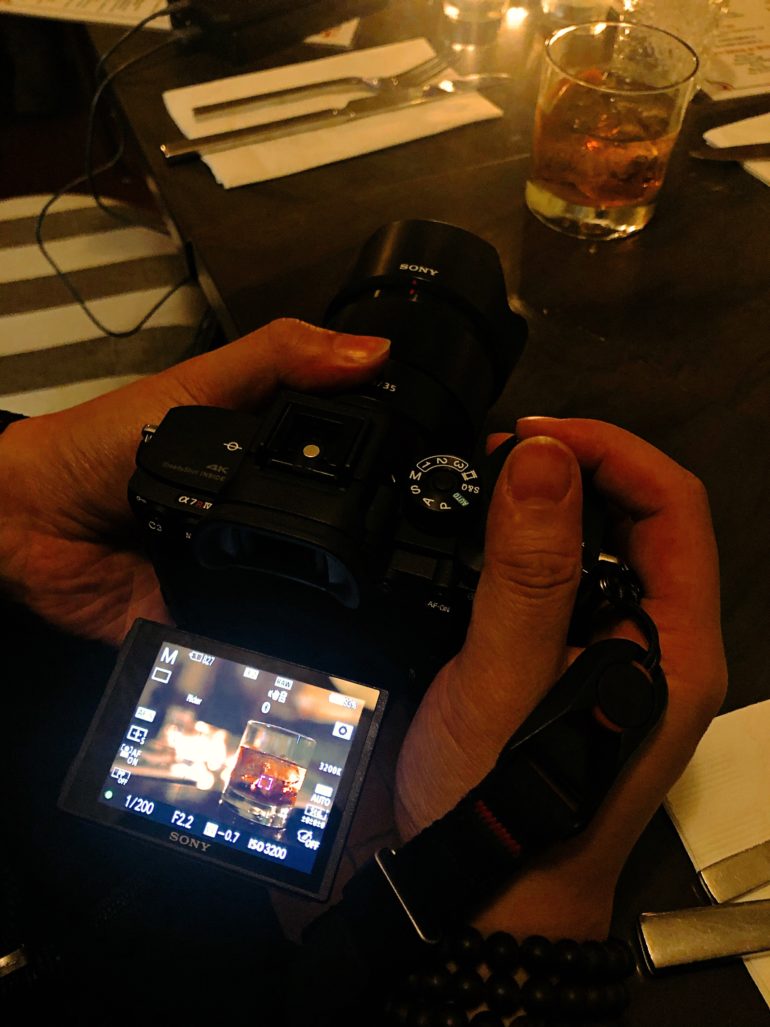
During our testing of the Sony a7r IV, we encountered a new oddity in low light. When the camera does not have a subject perfectly in focus, the reticule changes to a pinkish color instead of red. Red means it didn’t acquire focus, pink means not totally in focus, and green means it’s locked on and confirmed. We had this issue in low light a few times. Further, this occurred with portraiture being shot in low light. This will most likely get fixed in time and with firmware.
“Believe it or not, one of the biggest problems I encountered with the Sony a7r IV with Sony’s G Master lenses is autofocus in low light. We took off the AF assist lamp and the Profoto B10’s modeling lamp and found that the hit rate for Eye detection AF and face detection wasn’t as high as we were expecting. Perhaps that’s the most significant differentiation between this and the Sony a9. With the Sony a9, you’re bound to get a higher hit rate, but with the new Sony a7r IV, that hit rate is going to go down.” – Gallery: Sony a7r IV Extra Image Samples (Portraiture)


Throughout our time with the Sony A7R IV, tracking focus acquisition was consistently accurate and quick in good lighting. Sony’s Face & Eye AF tech continues to be the most responsive on the market and feels almost intuitive on the A7R IV. Unless you’re shooting with manual glass, the focus and recompose days are a thing of the past when shooting with the A7R IV. The real-time tracking functionality will also make short work of fast-moving subjects, allowing you to nail focus with much less effort. Here’s an example of the Sony A7R IV keeping up with a commuter zipping by on an electric scooter:
Image Quality
Images produced by the Sony A7R IV are sharp and pack plenty of detail, which is to be expected as its sensor is capable of resolving 61 whopping megapixels. You will want to make sure your computer has plenty of storage space: the A7R IV will eat that up like it’s at an all-you-can-eat buffet after breaking a two-day fast. As with most Sony cameras, we got the best results when shooting with custom white balance and slightly underexposing. While the A7R IV produces excellent JPEGs straight out of the camera, we recommend shooting RAW to get the most out of what the A7R IV is capable of. Do note that images can get a bit noisy once you start to ramp up the ISO. For the best results, we would keep things below ISO 6,400.
Raw File Versatility
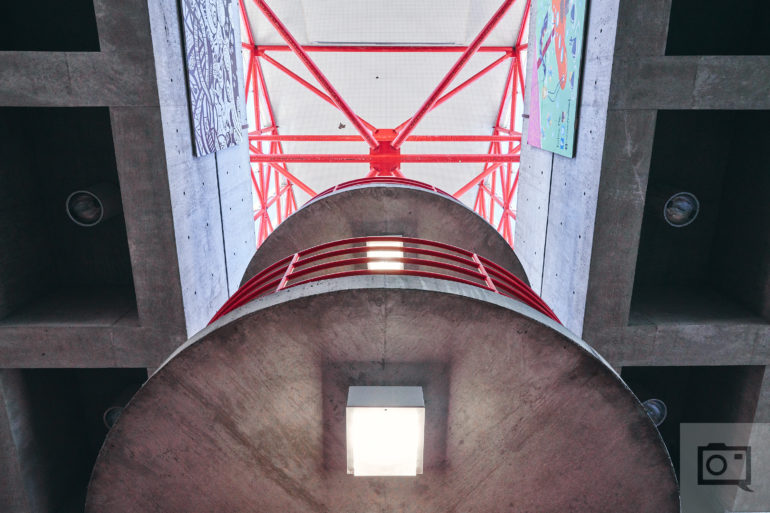
The combination of 61 megapixels with 15 stops of dynamic range means that the RAW files produced by the Sony A7R IV will give you a lot of information to work with during post-processing. Obviously, these files are quite large, with uncompressed RAW files averaging 120 MB in size. They will likely bring slower computers to their knees, but if your computer has the horsepower there are lots of details you can bring out of the highlight and shadow areas. For most photographers, that’s more information than they’ll ever need. If you happen to be in a situation where your only recourse is to recover details during post-production (see the included examples above and below), there’s thankfully plenty of it.
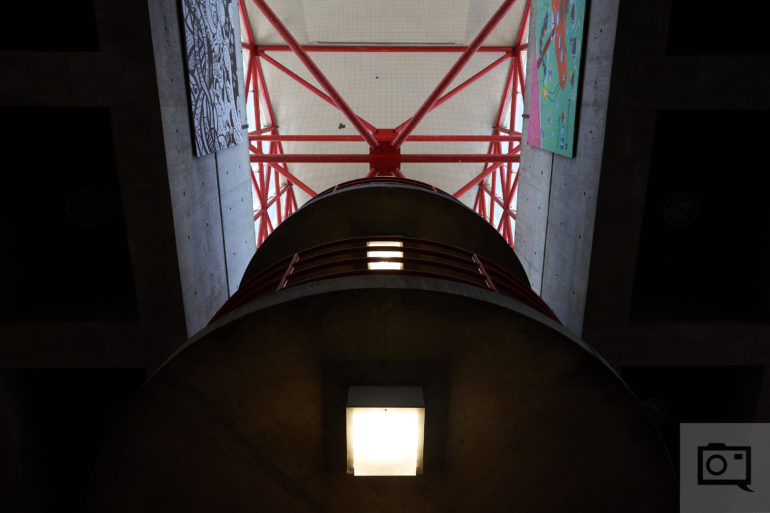
High ISO Output
Our standard High ISO reviews of cameras involve printing. We shot an image at ISO 6400 and printed it at 17×22 on our office’s Canon Prograf 1000 printer. The print came out surprisingly clean. There is noise, but the print is more than usable and you wouldnt notice the noise much if you were to stand away from it. These prints aren’t as detailed at what we got from the Leica SL2 though, and part of that could be due to the structure of the sensor.
While there are cameras on the market with better low light sensitivity, the Sony A7R IV is no slouch and does an admirable job when shooting in low light scenarios, particularly when we consider its sensor’s high resolving power. Obviously, there’s noise to be found if you’re pixel peeping, but images shot at up to ISO 6,400 are perfectly usable for the web. We wouldn’t go past 6,400 though: you’ll start to lose details to image noise. Below are a few lot light samples shot within a dimly lit restaurant using custom white balance.
When shooting portraits in low light, the files still retain details. Sony’s 61MP full frame sensor proves it’s incredibly capable. In fact, it’s bound to make photographers question why they should go with medium format or anything larger than full frame that isn’t 645 sized.
When shooting cityscapes in low light, the Sony a7r 4 holds a ton of dynamic range. The files can still be edited to pull more details from the shadows. However, we have to admit there is more color noise than what we’ve seen from previous sensors.
Additional Image Samples
Here are some additional images shot with the Sony A7R IV paired with the Sony 24-70mm f2.8 G Master, Sony 35mm f1.8, Sony 85mm f1.4 G Master, and the Sony 135mm f1.8 G Master. Some of the sample images seen within this review have been color graded, converted to black & white, and/or cropped. As a matter of ethics, however, none of the sample images seen within this review have been retouched so that you can judge the quality of the images produced by the Sony A7R IV for yourself.
Conclusion
Likes
- Improved ergonomics
- Upgraded weather sealing
- Fast and accurate autofocus
- RAW file versatility
- Robust build quality
Dislikes
- Come on, Sony! Give us a fully functioning touchscreen!
- Finicky autofocus in low light
The Sony A7R IV is a remarkable, Swiss army knife of a camera that comes packed with features that will benefit many professional photographers. The Sony A7R IV’s 61MP BSI sensor surpasses even those found in select Medium Format cameras on the market, making the Sony A7R IV the pound for pound resolution king at the moment when it comes to dollars to megapixel ratio. While some may argue that much of the improvements included in the A7R IV feel incremental, they add up to a significantly improved overall shooting experience. By combining industry-leading autofocus, enhanced ergonomics, and improved weather-sealing, Sony’s knocked it out of the park again with the A7R IV. This is a camera we would readily recommend to working professionals in need of an upgrade. If you’re already shooting with a Sony A7R III, however, it’s still an excellent camera that packs much of what you will find in the A7R IV. With the Sony A7R IV, Sony is sending a clear message to their customers that they are listening. While it still doesn’t sport a fully functioning touchscreen, if we keep asking for it, Sony will eventually (hopefully) put one into a future model.

The Sony A7R IV earns Five out of Five Stars as well as our coveted Editor’s Choice Award. You can pick one up for yourself from Amazon.
Additional reporting was done by Editor in Chief Chris Gampat.


